7 best plants to reduce indoor air pollution
Use these plants to improve the air quality inside your home
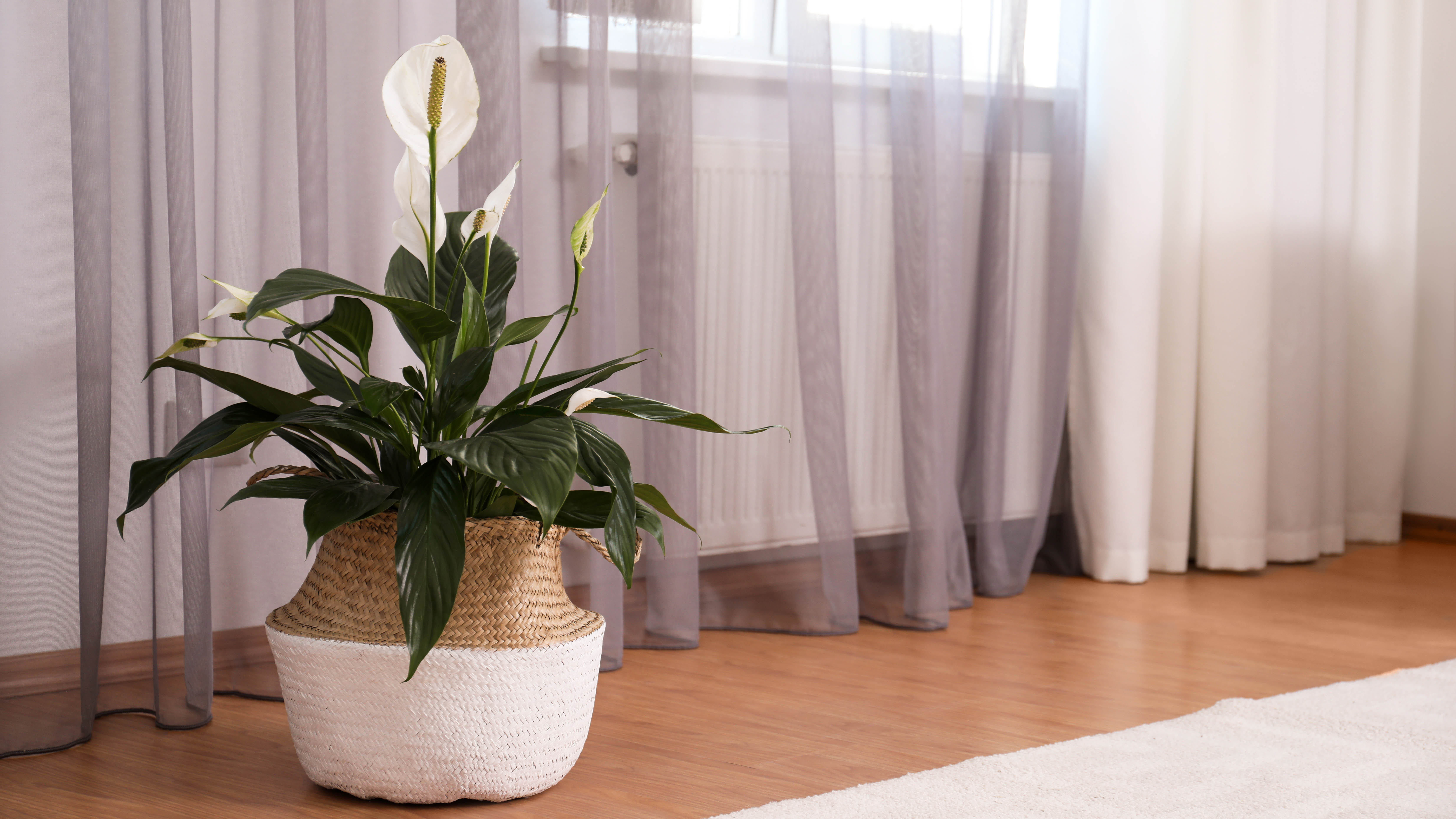
No matter what you’re allergic to, living with allergies sometimes feels like everything is out to get you. And if you’re allergic to pollen or dust, it’s tempting to avoid houseplants for fear that they can make matters worse.
But, along with other methods of reducing allergens in your home, such as a strict cleaning schedule, you might be surprised that certain houseplants can improve indoor air quality. And while they shouldn’t replace one of the best air purifiers, they’re a great addition to your home. Just be sure to wipe the leaves frequently to avoid a build up of dust.
In reality, one or two houseplants dotted in every room won't significantly improve the air quality. But even a small decrease in bacteria, pollution and mold levels in the air can make a difference to how you feel. Plus, houseplants look lovely and can boost mental wellbeing too, so you’ve really got nothing to lose.
For more tips, read these 9 ways to fight allergy season. And make sure you’ve invested in one of the best vacuum cleaners with multi-stage filtration to keep allergens locked inside. And 5 best plants to help cool down your home.
1. Dracaena plant
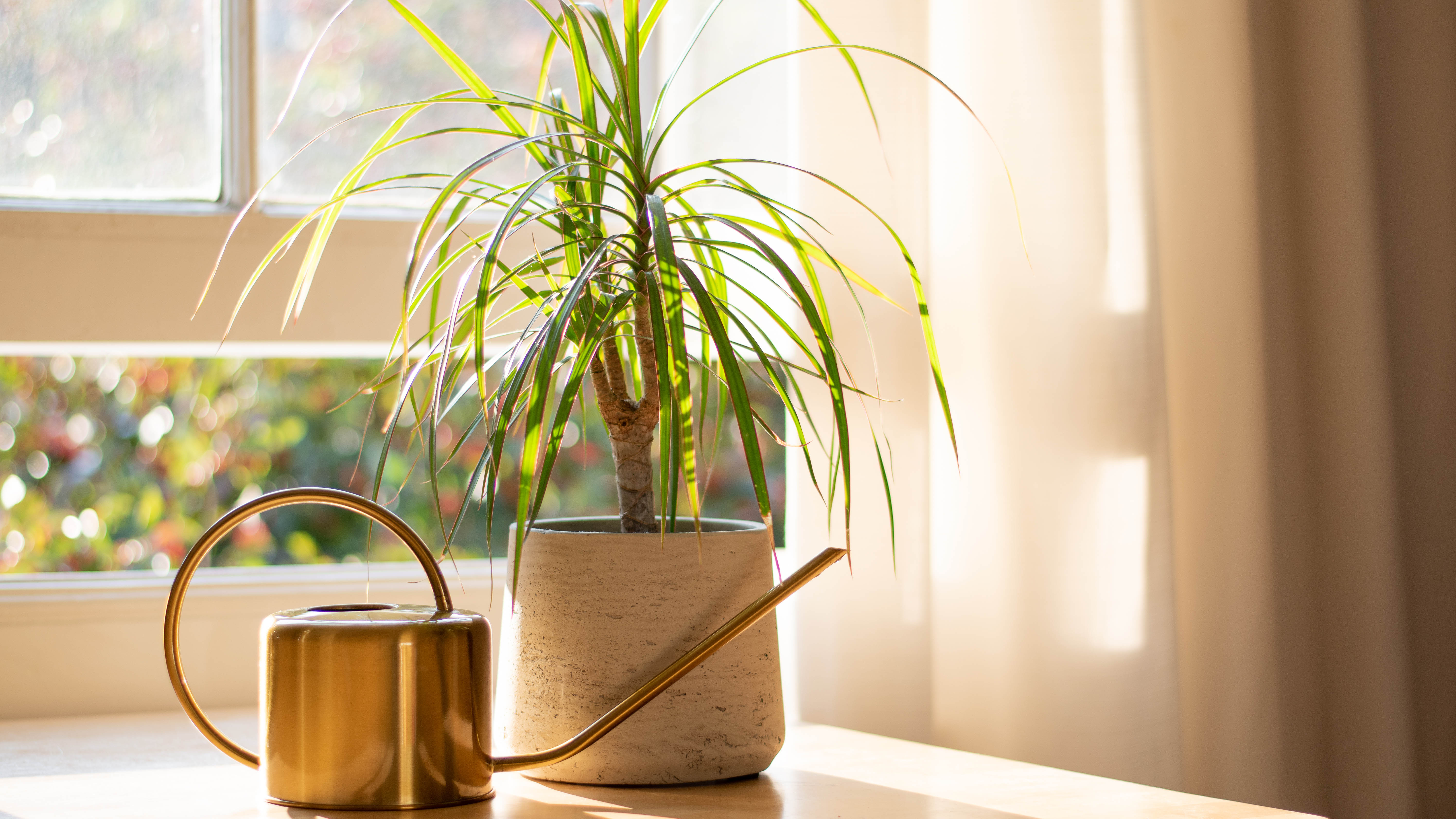
Also known as the dragon tree, this popular houseplant is easy to care for and and visually impactful. There are several varieties of dracaena to choose from, but they generally have long thin leaves and can grow quite tall - anything from 2 feet to 10 feet depending on the variety - so they can add a lot of interest to a room.
The dracaena plant helps to humidify the air and is said to help reduce indoor air pollution. Find it a spot that’s bright, but not in direct sunlight and it should thrive.
2. Peace Lily
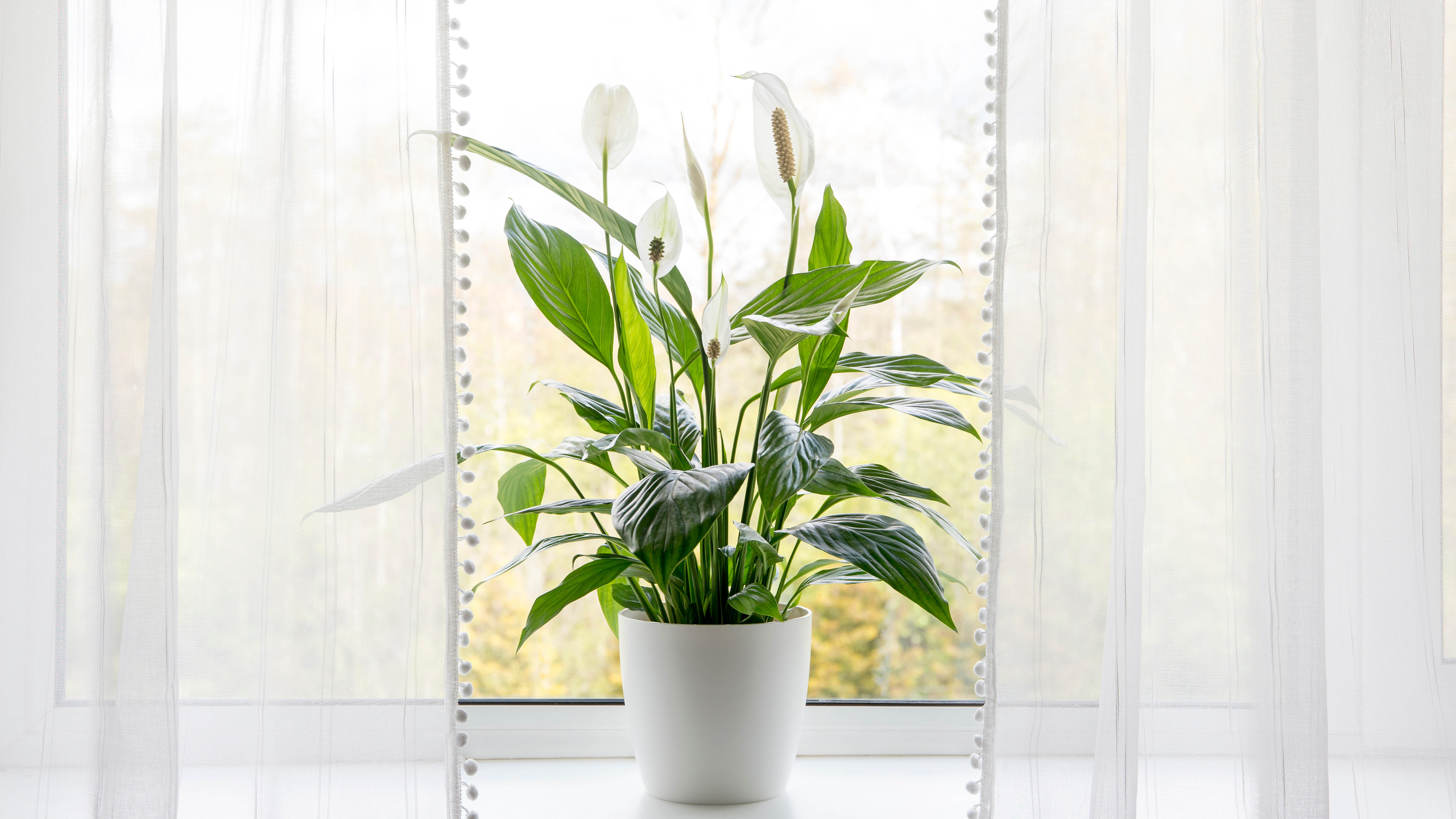
If you’re looking for a beautiful indoor flowering plant, peace lily is a fantastic choice. It’s low maintenance and has an appealing combination of large white flowers and luscious leaves.
Sign up to get the BEST of Tom's Guide direct to your inbox.
Get instant access to breaking news, the hottest reviews, great deals and helpful tips.
The pollen in the flowers is sticky and heavier than pollen produced by many other flowering plants. So it isn’t released into the air in the same way, meaning most people who suffer with a pollen allergy can still enjoy a peace lily in their home without an onset of sneezing.
What’s more, these plants are reported to be excellent air purifiers. But note, peace lilies are poisonous to pets. If you’ve got any furry friends read our guide to the 7 best pet-safe indoor house plants.
3. Spider plant
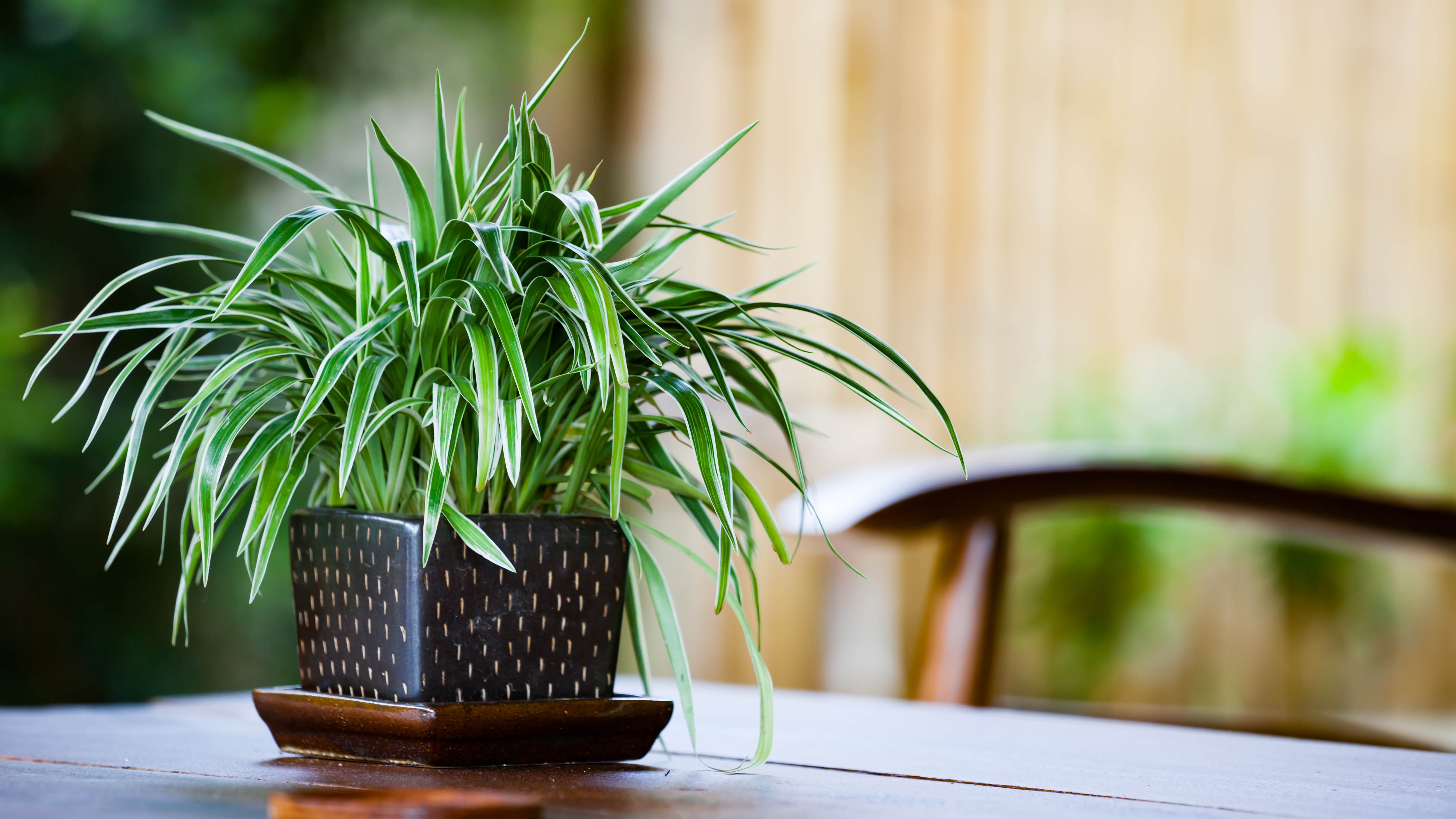
Unlike the peace lily, you’ll find spider plants featured on our list of pet-safe house plants. A spider plant is quite possibly one of the easiest plants to grow in your home - even the least green-fingered plant owner can usually manage to keep one of these alive.
This sprawling, long leaved plant doesn't grow tall, so works well on a shelf or windowsill. It’s thought that spider plants work hard to remove a number of toxins from the air. They also produce babies that you can re-pot and share with your friends. Here’s how to care for a spider plant.
4. Snake plant
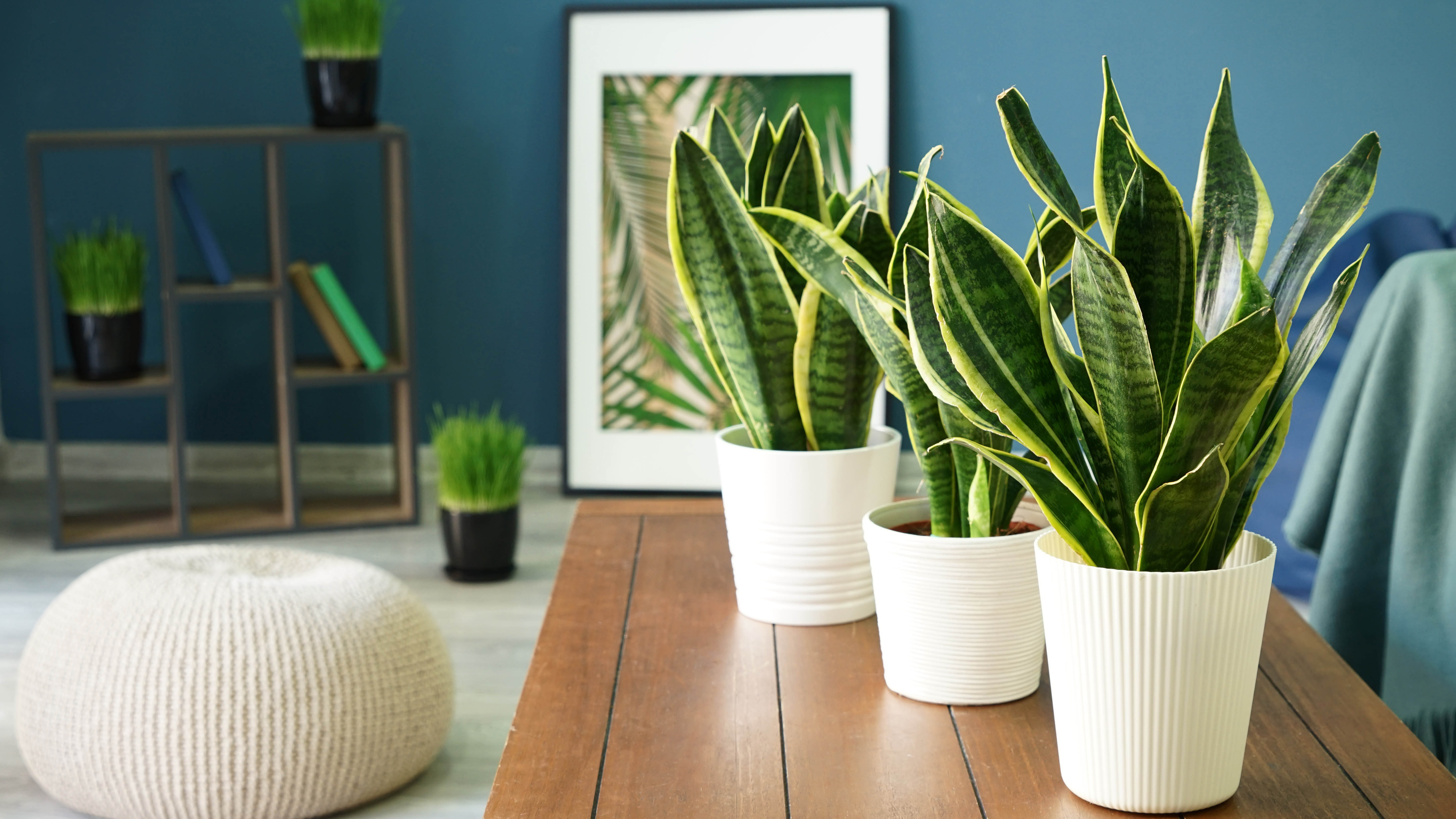
Also known as mother-in-law’s tongue, snake plants grow well in pots and are tolerant to a variety of growing conditions. Snake plants have striking, tall spiked leaves that grow straight out of the pot. It can look almost sculptural in the right setting, adding vertical interest to any room in your home.
But aside from simply being visually pleasing, placing a snake plant in a room can help lower indoor air pollutants and it’ll also absorb carbon dioxide for better air quality.
5. Aloe Vera
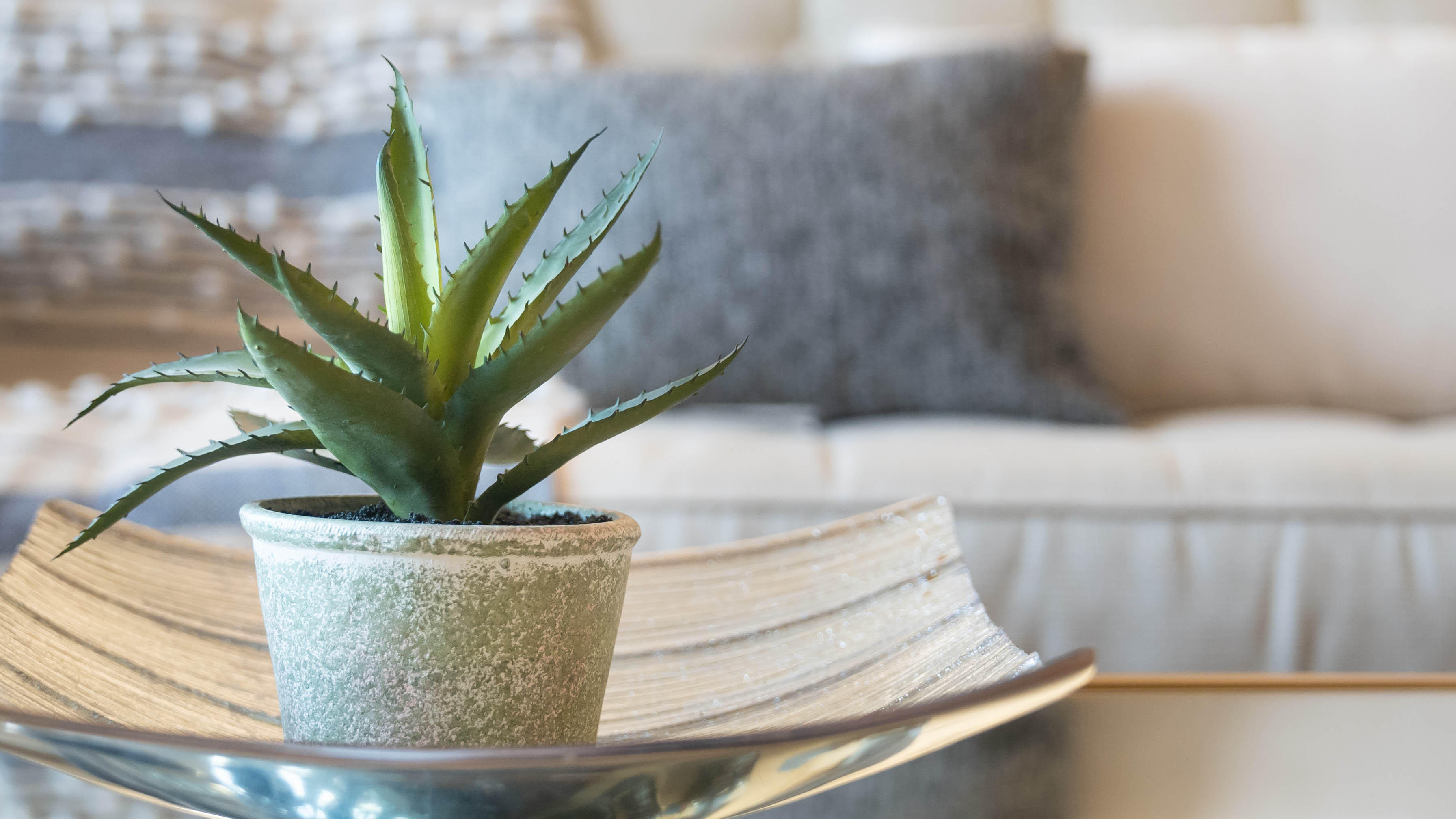
There are many reasons to love the aloe vera plant and you may know it best for its ability to soothe minor burns on skin. The gel inside the leaves can be applied directly to skin to aid healing and reduce inflammation.
In fact, there are many uses for this gel on the skin; it has moisturizing properties and is even said to be a good treatment for acne. So it’s a great plant to have around for those reasons alone.
But, did you know that the aloe vera plant releases oxygen throughout the night? This makes it the perfect choice for bedrooms. Furthermore, it can reportedly detoxify air and remove harmful pollutants. As a succulent, it doesn’t need watering too frequently.
Read our tips on how to care for succulents and watch out for these 7 mistakes to avoid when growing succulents.
6. Palms
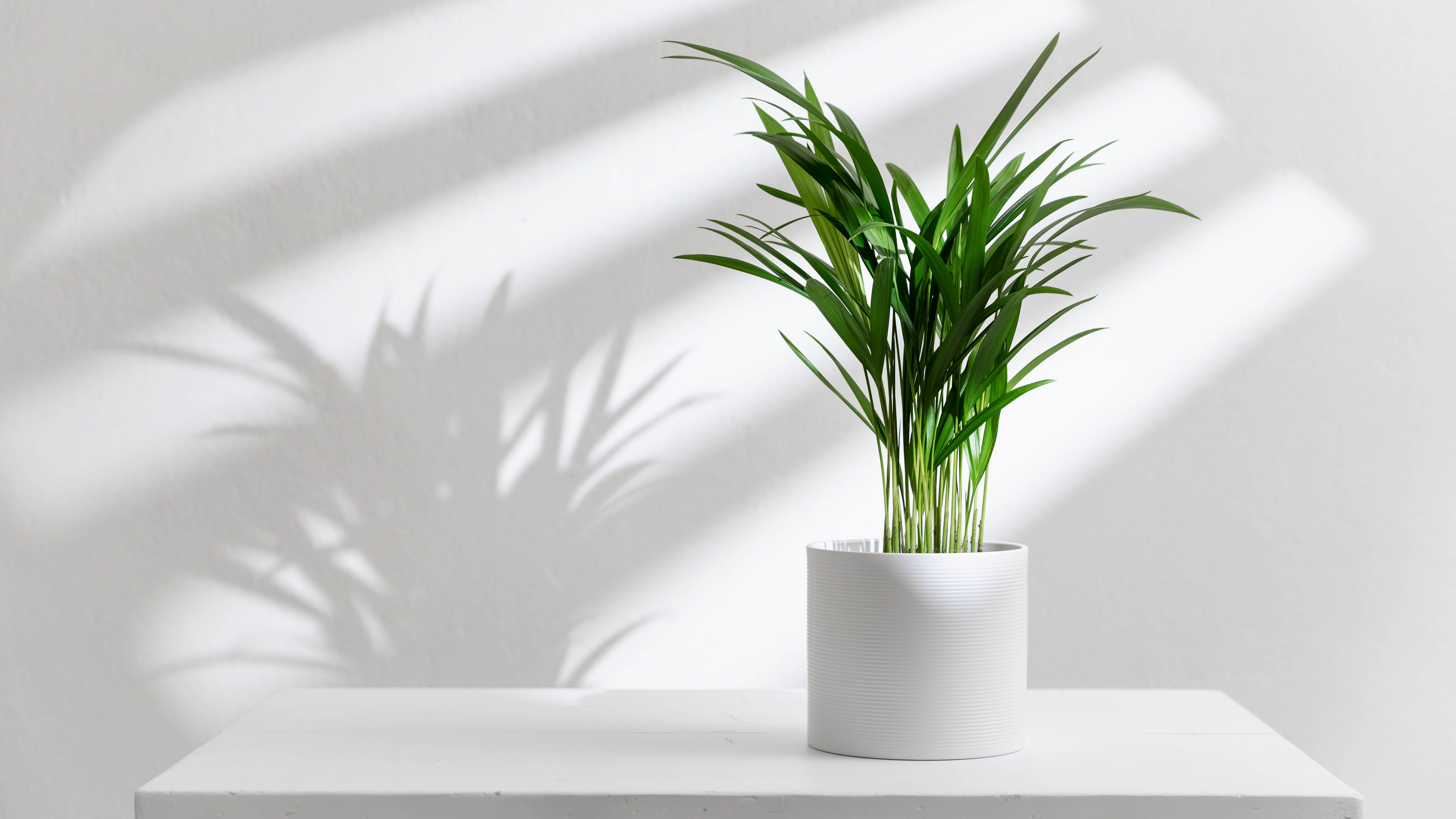
With plenty of varieties to choose from such as lady palm, bamboo palm and areca palm, indoor palms have been a firm favorite in our homes for many years.
These interesting plants can bring life and shape to an otherwise dull or neglected corner of a room. But they do prefer plenty of bright, indirect light, so don’t put a palm in a dark spot. They’re great air cleaning plants that can remove pollutants and leave you with better quality, cleaner air.
7. English Ivy
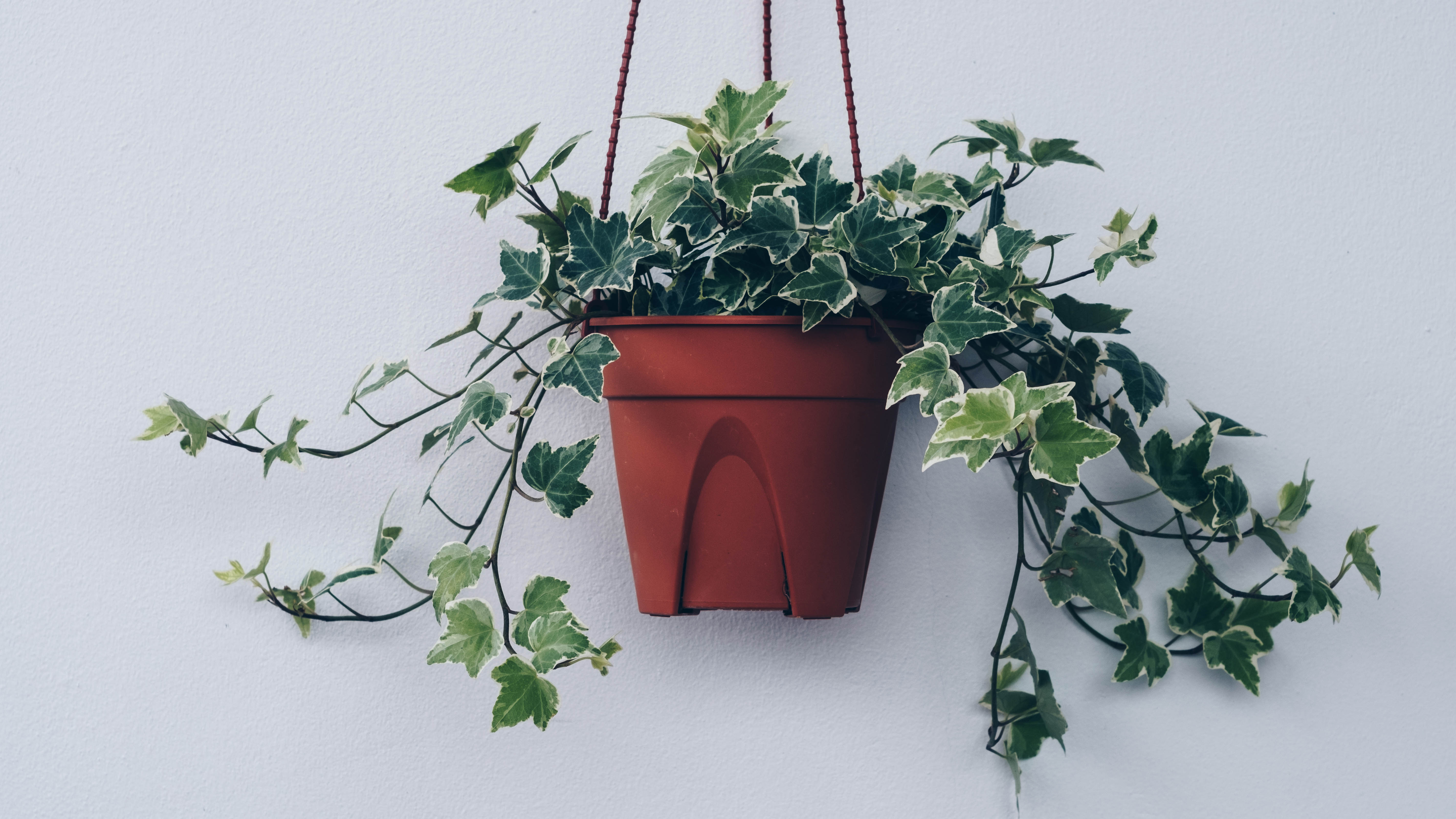
This trailing plant is said to be able to filter out airborne mold as well as other toxins. So it’s a great choice if you suffer from allergies. When grown outdoors, English ivy can be quite an aggressive climber, but as an indoor plant it can offer a beautiful cascade of green from a shelf. The downside is that it can be poisonous, so keep it away from pets and children.
Don’t confuse English ivy with poison ivy, these are very different plants. Here’s how to get rid of poison ivy if you find it in your yard.
Once you’ve filled your house with wonderful plants, avoid making these 9 mistakes when repotting your plants.
More from Tom's Guide
Helen started reviewing home and kitchen appliances in 2007 at the Good Housekeeping Institute and has never looked back. She’s now freelance and reviews all sorts of appliances from her home in a pretty village in the UK. Despite having reviewed hundreds of coffee machines in her time, she’s only recently developed a love for coffee and a daily coffee habit, which makes tasting all those coffees much more enjoyable!
-
Schuyler88 Since you put such an emphasis on toxicity in the others plants I would like to point out that the Dragon Tree is also toxic for cats and dogs.Reply

